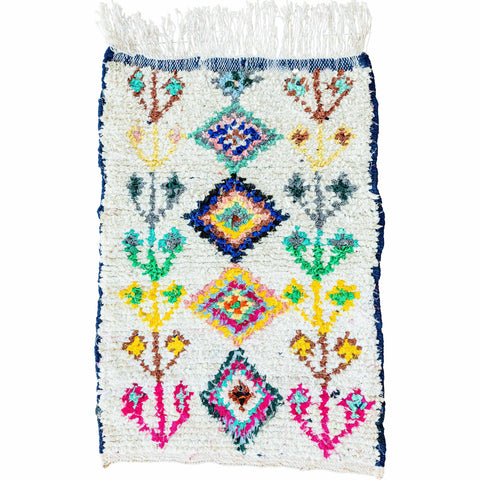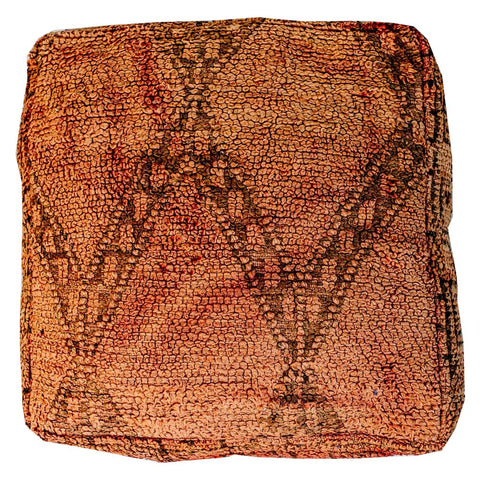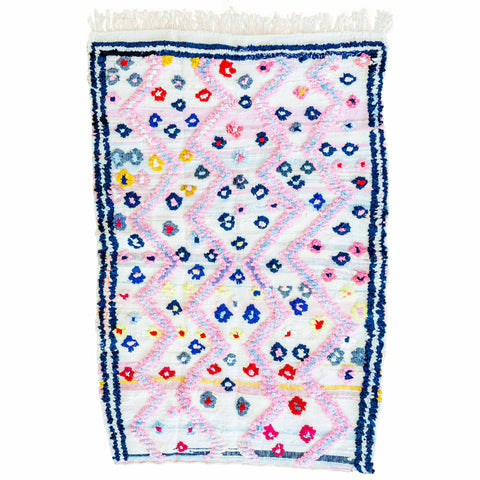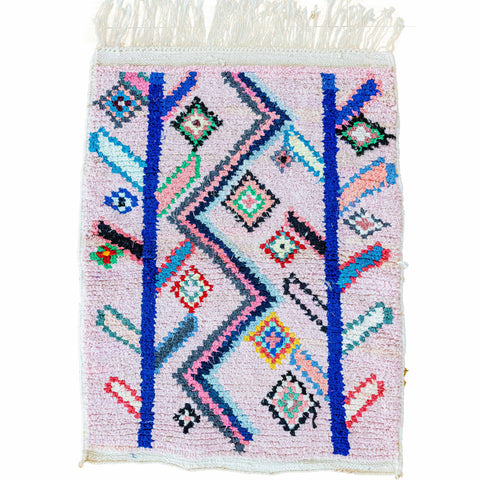Most figures or surveys put the Moroccan Berber tribes at a percentage of 40 in the nation's 32 million. Though the country claims that 80% of them are all from a Berber heritage. You can find different tribes outside the country which reside in Mali, Algeria, Tunisia & even Mauritania. Historically, the Berbers are believed to arrive in Morocco around the 2nd or 3rd millennium BCE. The name "Berber" is derived from the Roman word barbarian, however, they refer to themselves as Amazigh which translates to "free people". If you ever do hear yourself being called an "arumi" you will find this is the term for a foreigner or technically - a roman!
What are the three tribes of Morocco?
While Berbers in Morocco have a common identity, they can be roughly separated into three distinct tribes. In fact, while nearly all Berbers refer to their language as Tamazight, it’s far from homogeneous. One Berber might not understand a compatriot just a few hours down the road, and dialects from across the country are nearly indecipherable.
In the north, the Riffian Berbers speak a dialect called Tarafit. This is the smallest Berber population in the country, and this group stays within the bounds of the Rif Mountains.
In the Middle Atlas are the Zayanes, who spread from Fes in the north to Marrakesh in the south. Their dialect, Tamazight, varies wildly from region to region but is usually intelligible by native speakers. Some Zayanes, particularly those near Ouarzazate in the south, are still nomads, traveling with their livestock as the seasons change.
The southern Atlas and Anti Atlas Mountains are home to the Shilhah. The Shilhah is the largest Berber tribe in the country and often viewed as having the most ‘pure’ Berber language, Tashlheit. The majority of Berber films and music are produced in the Tashlheit language.
What languages do the Berbers speak?
Many schools now teach a standardized form of Tamazight, and the Berber flag can be seen waving from innumerable shops and windows in nearly any city. Berber radio programs and a small film industry have both grown in recent years, and there is now even a satellite television channel that broadcasts exclusively in the Berber language.
While all Berbers will tell you straight away that they, as a people, have never been conquered, their national heritage and identity has historically been stamped down. The Moroccan government saw a threat in the autonomous mountain tribes and encouraged the assimilation of Berber culture into the larger Arab/Moroccan way of life. This has begun to change, however, and new education and cultural initiatives are now working to preserve Berber identity.
This surge in national pride also means that Berbers will be thrilled to help you explore not only their region, but their culture as well. If you show a genuine interest and ask questions, you’ll soon be welcomed into the circle and granted access to the homes (and kitchens!) of Morocco’s original inhabitants.
So if you ever get lucky enough to join in with these tribes and the wonderful culture, make sure you check out some of our authentic Moroccan rugs to add to your home for memories!



































